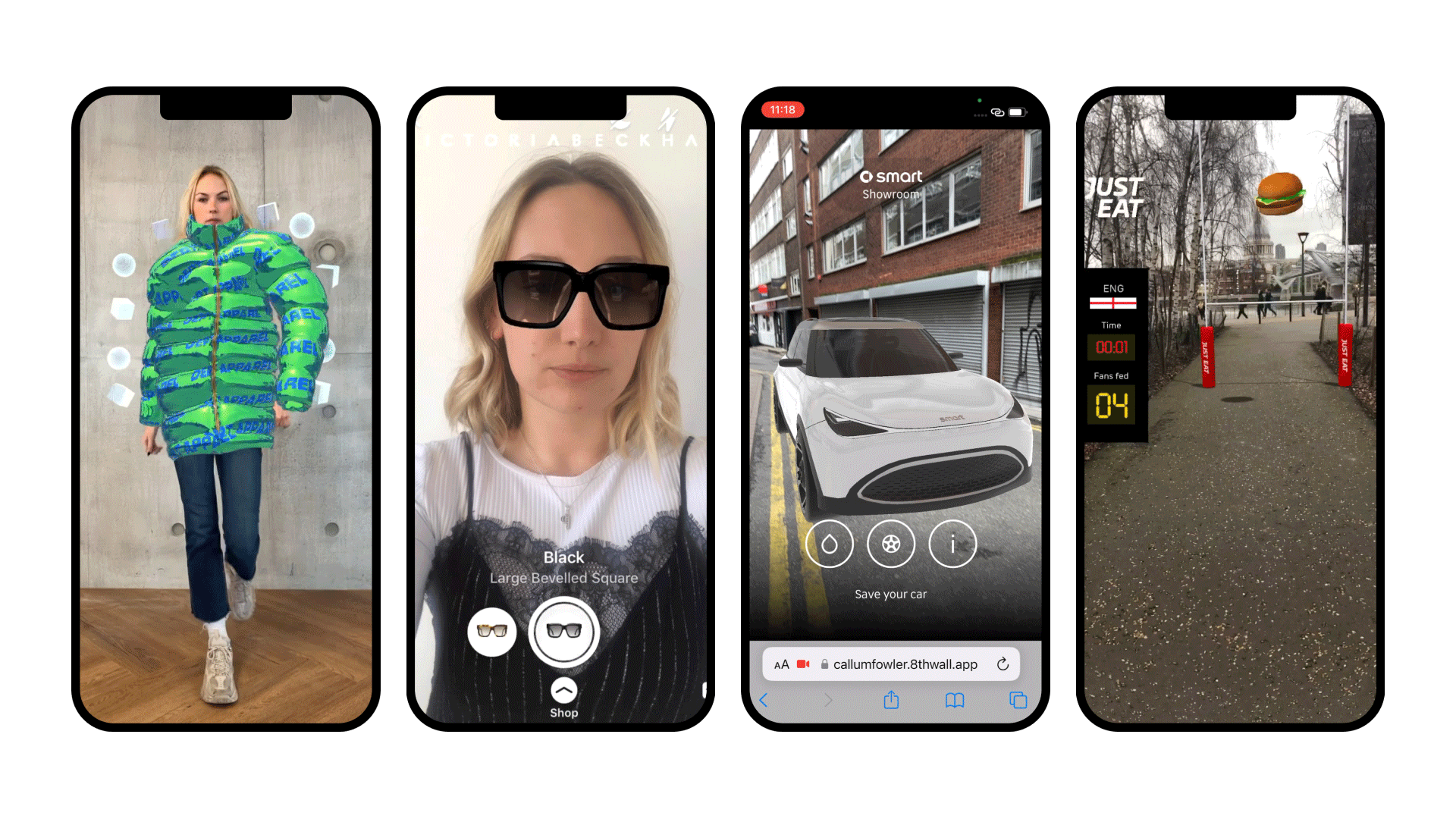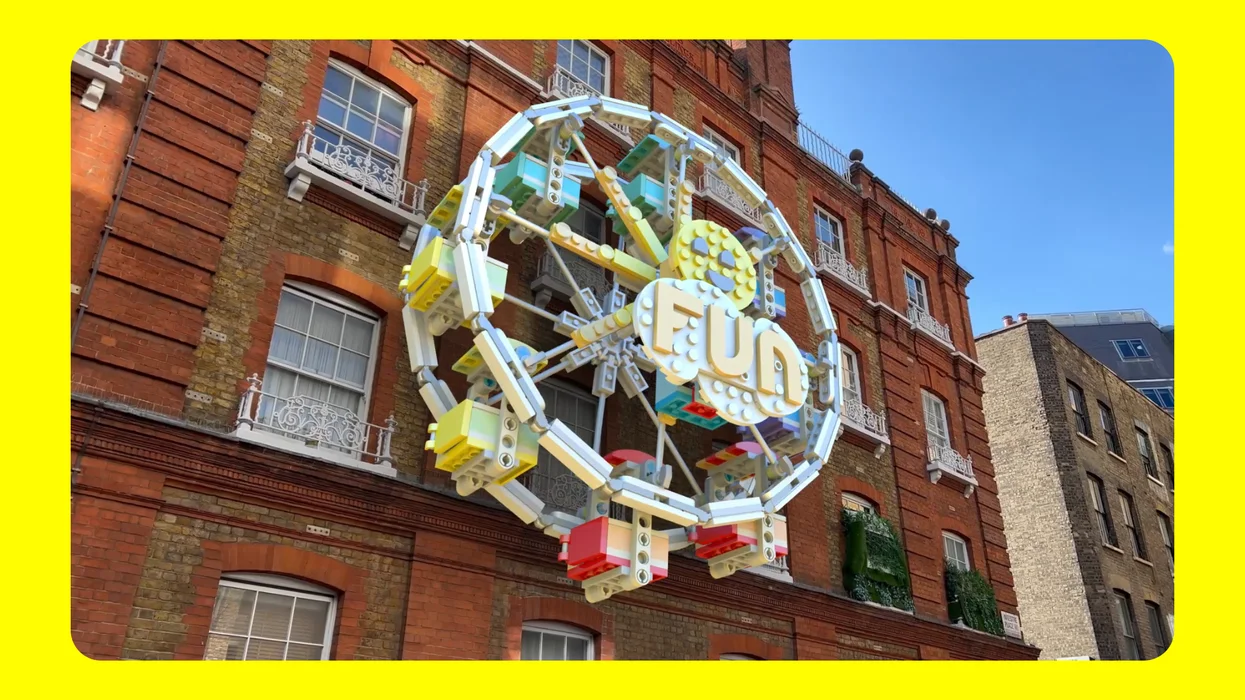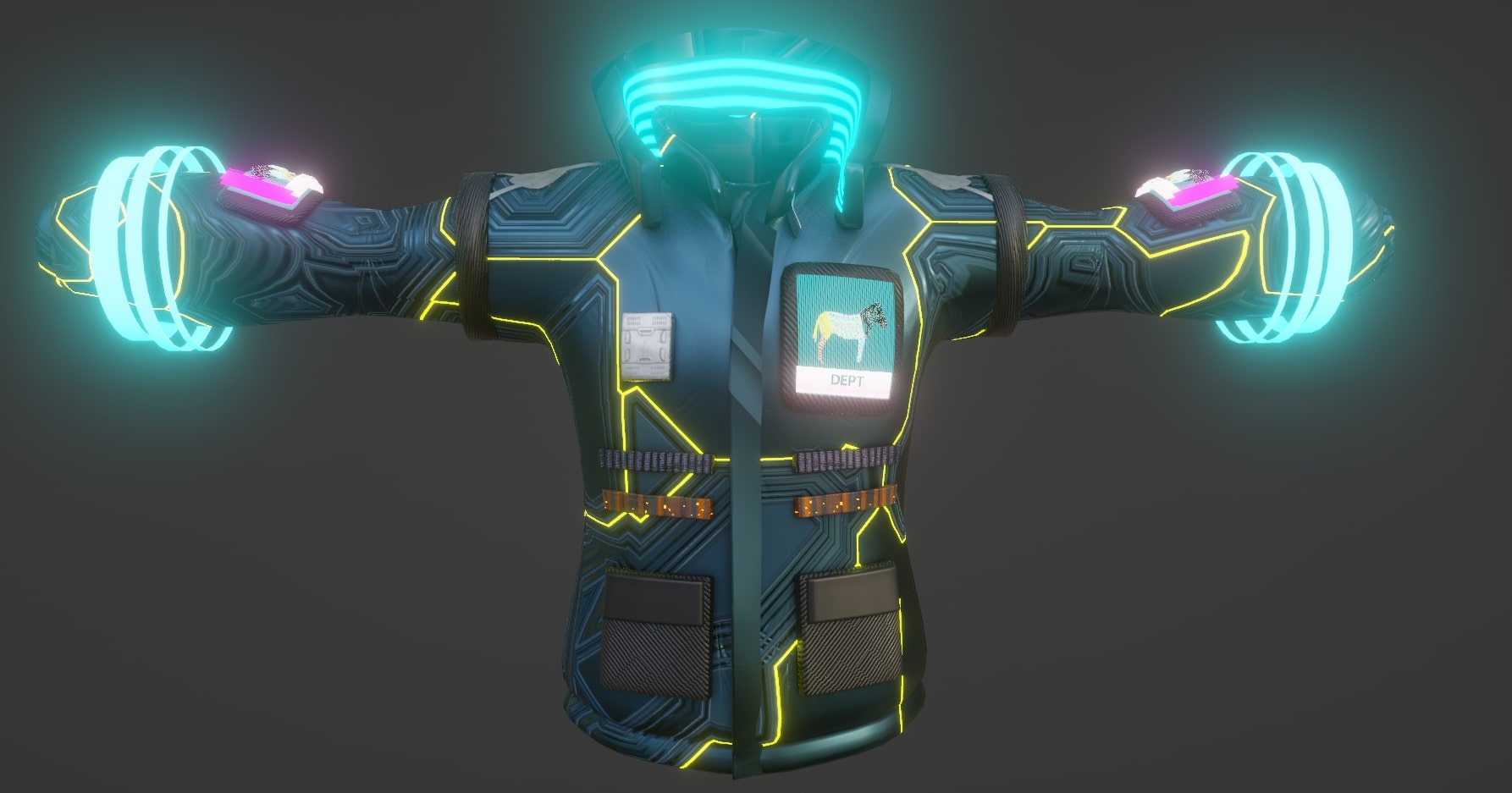The AR opportunity brands are missing

Interacting with products that have AR experiences leads to a 94% higher conversion rate.
More than 200 million people engage with AR on Snapchat every day on average, and 100 million consumers are shopping with AR online and in-stores. Perhaps more important than the massive audience is the fact that AR delivers almost two times the levels of visual attention compared to their non-AR equivalents, and interacting with products that have AR experiences leads to a 94% higher conversion rate according to data from Snap.
TikTok and Instagram back this up as well.
TikTok has said that more than 1.5 billion videos using AR camera effects have generated over 600 billion views globally, while Instagram has a variety of AR creator tools and filters. Instagram is also reportedly testing new AR stickers and text with Stories that would enable users to place 3D objects into real-world scenes.
So, if you are worried about driving returns, clicks, and sales through social media, here’s why adding an AR Lens to the mix would be a worthy investment.
More than video or photo, AR lenses keep users playing
Spending more time with your marketing asset (AR lens) leads to more swipes and clicks than standard photos/videos.
Estée Lauder partnered with Snapchat to launch a shoppable AR try-on lens that allows consumers to virtually try on different products and then purchase them on their website. The activation reached over 3 million people, with the average playtime hitting 30 seconds.
L’Oreal Men also took advantage of lenses to support the launch of their new styling series, L’Oreal Men Expert. More than 1 million users engaged with the lens. L’Oreal followed up with this activation by putting Snapcodes of the lens in stores throughout Germany. With these, buyers could try out the products in-store. This effort resulted in an average playtime of 106 seconds.
Delightful experiences lead to brand affinity
When users are having fun and enjoying something a brand offers, they are more likely to build an affinity for that brand and product. (What’s more fun than barfing up rainbows and then being prompted to purchase the product that offered you the experience?)
In all seriousness though, consumers are now less likely to try on products in-store, so reaching your target audience with a virtual “try it before you buy it” experience is more important than ever. In fact, 56% of shoppers say that AR gives them more confidence about product quality. DRESSX has seen incredible success and engagement with this approach, as 75% of all app users engage with AR Lenses, and users try on AR Looks 22 times per day on average.
Additionally, your other performance marketing tactics can retarget viewers making it easier to convert later.
AR offers a rich experience for consumers who need convincing
AR effects for trying on makeup, shoes, and apparel lowers the amount of time a consumer needs to research before purchasing. And they can help limit returns as consumers have a better understanding of what they are buying and how it will work for them.
Dior used an AR lens with Snapchat for its Dior Addict Shine collection to drive virtual product trials and build interest in the product. The lens registered more than 4.4 million trials, a swipe-up rate of 3.82%, and a 201% lift in “add to cart.”
AR experiences are a relatively new way for brands to interact with their audiences. They offer an opportunity to stand out from competitors with engaging, immersive brand experiences. And in the face of changing consumer shopping habits and a shaky economy, finding new ways to reach and engage with your audience is more important than ever.

How NFTs and AR can power your brand in the metaverse

Creating luxury retail experiences with AR

Snap’s new AR features help brands improve conversions with immersive experiences

We created tokengated AR fashion, a new dimension to wearables

The Last of Us, the metaverse, and why gaming is the gateway to engagement



